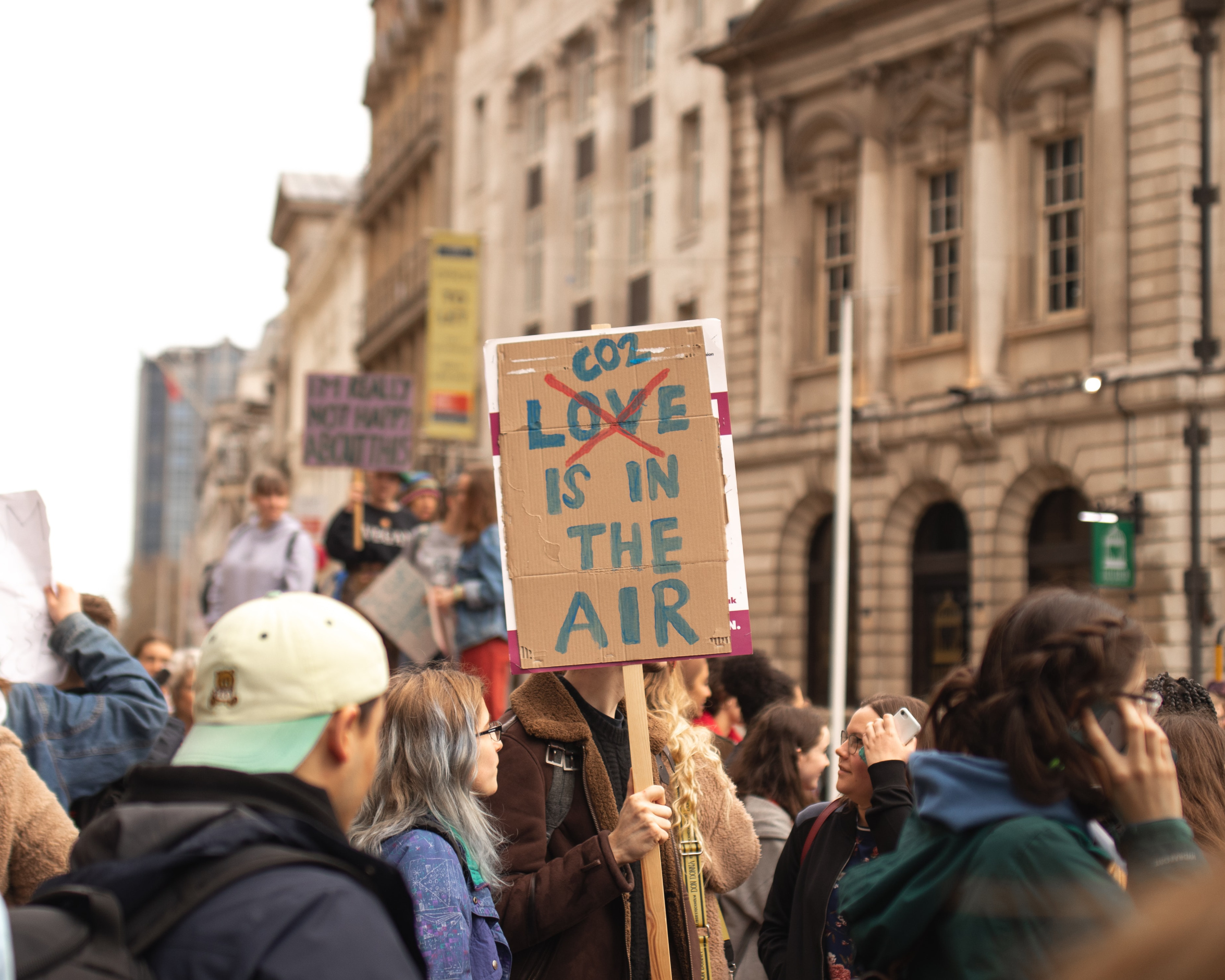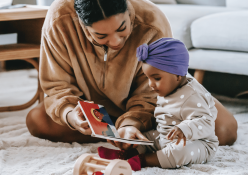Learn how to live with less waste – it’s not as complex as you think
The growing awareness of the impact of our self-centred consumer habits on the environment has given birth to a movement based on going entirely waste-free. Obviously, this is just an ideal as waste is an unavoidable consequence of human life – but the main goal here is to at least try to drastically reduce the amount of rubbish we generate by consuming
consciously and throwing out as little as possible.
Why The Urgency?
The first-ever study and global investigation into the amount of plastics ever produced was completed in December 2017 – and, unsurprisingly, the findings were quite horrific. According to National Geographic, the study found that, in total, humans have produced 8.3 billion metric tons of plastic since the 1950s, and of that, 6.3 billion metric tons have become waste. Only 9% of that total amount of waste ended up being recycled, 12% was incinerated – you can guess where the other 79% went. All of a sudden, the popular science prediction that there will be more plastic in the ocean than fish by 2050 seems entirely achievable.
As Kathryn Kellogg from the Going Zero Waste blog says, we live in a ‘linear economy’ that revolves around buying things for temporary use and then dumping them on a landfill where they never degrade fully. Instead, we should be advocating for a ‘circular economy’, where whatever is produced can be used over and over again, and when it can’t anymore, it should be absorbed ‘back into the manufacturing process’ – as nature intended. Yes, recycling is one of the ways we can do this, but it’s not the only solution and should be the last resort. The process of recycling itself is resource-intensive and just because you are putting something in a recycling bin, does not necessarily mean it will be recycled. Rather avoid having anything to recycle in the first place.
How To Start Going Waste-Free
You don’t need to toss out the contents of your home and start over. Start small, even if it’s in one room, and finish the products you’re using first before replacing them with a product that is reusable or packaging-free. Bea Johnson, one of the most prominent advocates for the waste-free movement, has given us five easy rules to follow when it comes to a zero-waste home:
> Refuse what you don’t need.
> Reduce what you do need.
> Reuse what you consume
(or already have).
> Recycle what you cannot refuse, reduce or reuse.
> Rot (or compost) the rest.
There are quite a few things that we think we need, but can actually go without, or that can be replaced by products that are manufactured for long-term, continuous use and reuse. Below is a list of examples of alternatives to use in the kitchen and bathroom.
KITCHEN
> Plastic Bags For Groceries
Reuse the ones you have or replace them with fabric bags. Try to buy products with little or no packaging.
> Cling Wrap And Tin Foil
Cover food with a plate or tea towel or store in glass containers with lids. Even wax paper is a better option.
> Paper Towels/Serviettes/Tissues
Opt for reusable, washable cloths instead. You can even cut old clothing and linen into squares to be used as dishcloths or rags for cleaning.
> Garbage Bags
Turn your dustbin into a compost bin; everything else should be reused or recycled. If absolutely necessary, rather use a paper bag and get a smaller bin.
> Bottled Water
Invest in a water-filtration system, or get glass bottles and drink tap water.
> Dishwashing Liquid
Make your own by grating a bar of Sunlight soap or, even better, Castile soap. Add 30 g of the flakes to 600 ml of boiling water and stir until they have dissolved. When the water is still warm, but no longer boiling, add 2 teaspoons of baking soda. To give it a nice scent, add 3 drops of your favourite essential oil. Allow the mixture to cool overnight, shake well and transfer it to a jar or a soap dispenser.
> Scrubbing Sponges/Brushes
Buy a biodegradable wooden cleaning brush with organic bristles.
BATHROOM
> Air Freshener
Get some sweet-smelling plants or scented candles – it will help set a relaxing mood as well.
> Shampoo And Conditioner
Buy these in bulk and refill empty bottles as needed, or even try shampoo- and conditioner bars.
> Ear Buds
They’re bad for your ears anyway; use the corner of your facecloth or towel instead.
> Toothbrush
When it’s time for a new one, replace the plastic one with a wooden toothbrush and repurpose the old one as a scrubbing brush for hard-to-reach places.
> Hair Brush/Comb
Go for wooden ones rather than plastic.
> Disposable Razors
Get a reusable stainless-steel safety razor.
> Sanitary Products
Opt for material pads or menstrual cups.
> Shower Gel
Stick to the old faithful bar of soap. There is a huge variety of soaps you can make at home and even get the kids involved. It is important for them to know why being waste-free is important.
Words by Lauren Endrody
Photography by Callum Shaw on Unsplash







